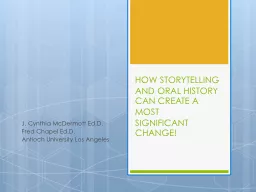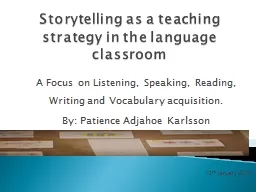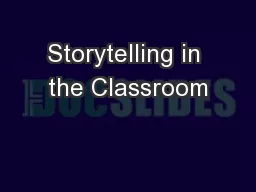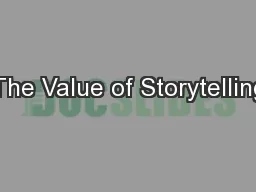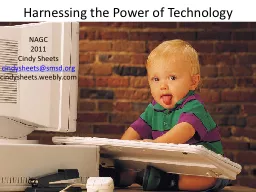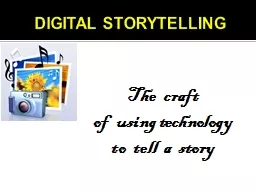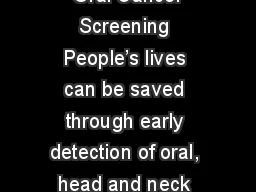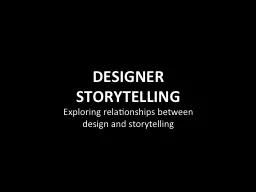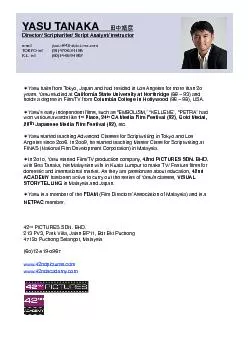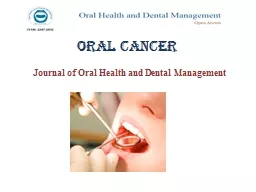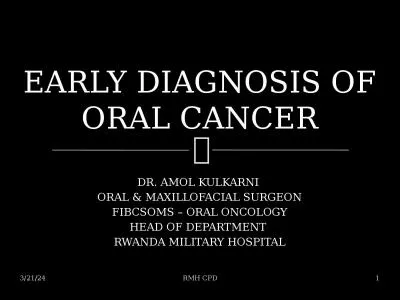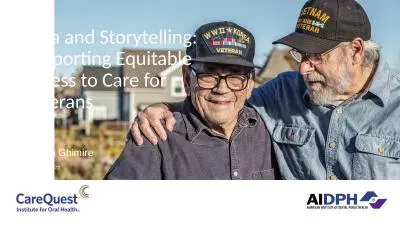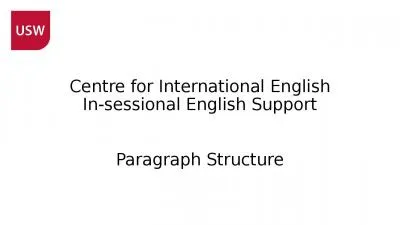PPT-HOW STORYTELLING AND ORAL HISTORY CAN CREATE A MOST
Author : phoebe-click | Published Date : 2016-02-21
SIGNIFICANT CHANGE J Cynthia McDermott EdD Fred Chapel EdD Antioch University Los Angeles More than 50 years ago Eliot Wigginton better known as Wig a
Presentation Embed Code
Download Presentation
Download Presentation The PPT/PDF document "HOW STORYTELLING AND ORAL HISTORY CAN CR..." is the property of its rightful owner. Permission is granted to download and print the materials on this website for personal, non-commercial use only, and to display it on your personal computer provided you do not modify the materials and that you retain all copyright notices contained in the materials. By downloading content from our website, you accept the terms of this agreement.
HOW STORYTELLING AND ORAL HISTORY CAN CREATE A MOST: Transcript
Download Rules Of Document
"HOW STORYTELLING AND ORAL HISTORY CAN CREATE A MOST"The content belongs to its owner. You may download and print it for personal use, without modification, and keep all copyright notices. By downloading, you agree to these terms.
Related Documents

